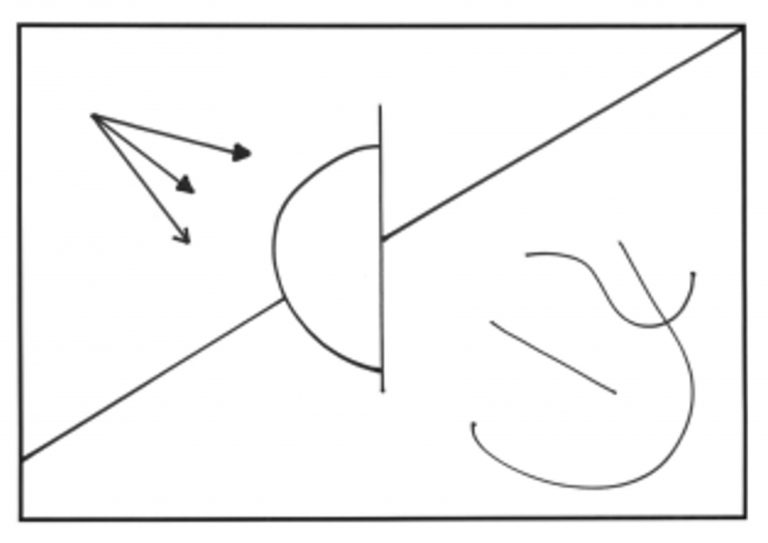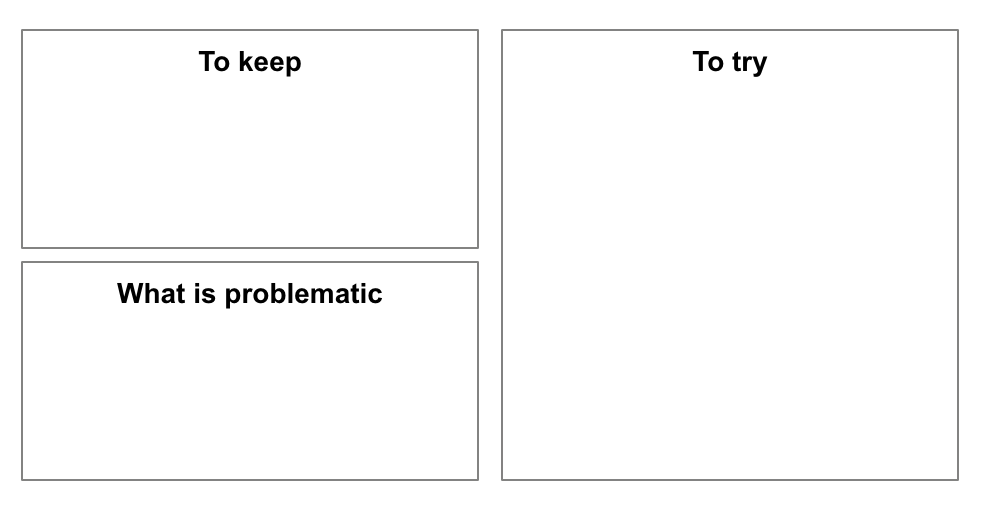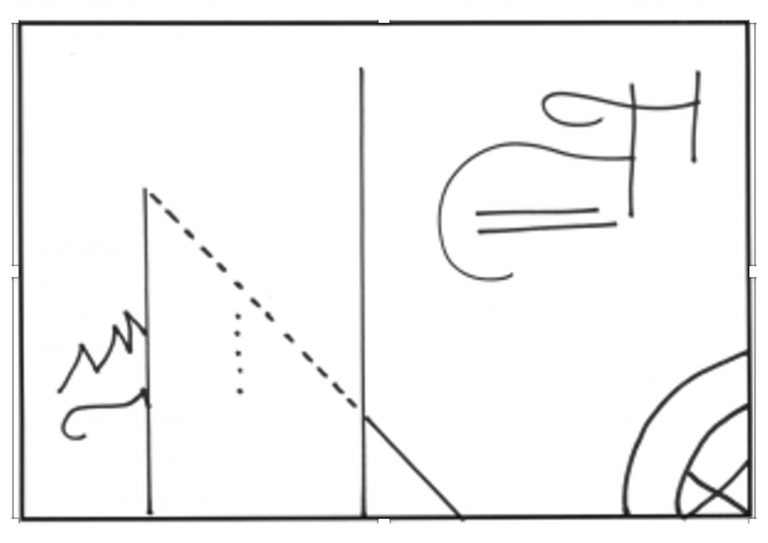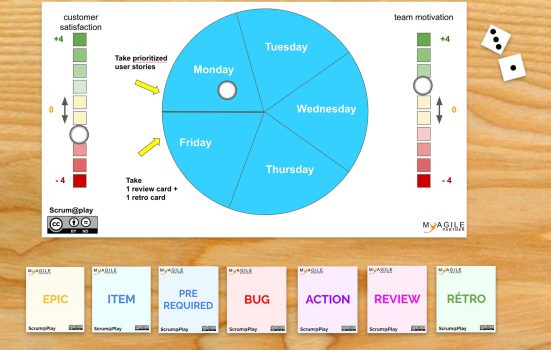
If you’re looking for a serious game to help understand the value of working in “scrum” with co-located roles, “Draw the Drawing Game” is the ultimate serious game.
This serious game was created by Alistair Cockburn in the 1990s. He aimed to raise awareness on two key elements:
- The concept of iteration
- Continuous improvement
- Breaking down silos
As you can see, these concepts are not entirely new, and this serious game has stood the test of time because of its effectiveness in raising awareness about these topics. Even today, it remains essential to raise awareness on these subjects.
Draw the Drawing Game
Now, let’s look at how to facilitate this serious game. It’s not challenging to run, but it’s essential to lead participants to reflect on certain elements.
Workshop Preparation
For this workshop, you will need:
- Print three templates per team (links provided below)
- A4 sheets of paper
- Colored markers
Here are the links to the three essential templates for this serious game:
Template itération 1
Template itération 2
Template itération 3
Workshop Start
When the workshop begins, the facilitator will ask participants to form teams of five. Each team will define:
- 2 artists
- 3 specifiers
Once this is done, the facilitator will instruct the specifiers to go to one side of the room (ideally another room) and the artists to go to the other side. They will not be allowed to communicate verbally with each other, only through written messages. Oral communication will only be permitted among specifiers of the same team and among artists.
Specifiers must explain the customer’s requirements only through writing (no drawings). The facilitator will act as the customer in this game. Specifiers can only approach the artists to provide or retrieve the sheet containing the written messages.
TheDraw the Drawing Game game can now begin.
Draw the Drawing Game: Iteration 1
Specifiers will take the first template (customer requirement) and write down the specifications for the artists to create this template on an A4 sheet.
The artists, guided by the specifiers, will have 10 minutes to fulfill the specifiers’ request without ever seeing what the first template looks like.

When the 10 minutes are up, the facilitator will reveal the template to be created and the results of the artists’ work. Afterward, the team will have a brief retrospective to consider how they can improve in the next iteration.
The facilitator may introduce some key points:
- Understanding the challenge of not being co-located
- The importance of asking the customer for priorities (usually not requested during the first iteration) to prioritize elements to be done first
- Working in small increments could facilitate progress
For the 3-minute retrospective, the facilitator will offer a simple board to help teams identify potential improvements:

Draw the Drawing Game: Iteration 2
Specifiers will take the second template (customer requirement) and write down the specifications for the artists to create this template on an A4 sheet. The rule is the same as in the first iteration. However, the team will implement the improvement points defined during the retrospective of the first iteration.
The artists, guided by the specifiers, will have 10 minutes to fulfill the specifiers’ request without ever seeing what the second template looks like.

As in the previous iteration, the facilitator will reveal the template to be created and the results of the artists’ work. Then, the team will have another retrospective to introduce further improvements.
Draw the Drawing Game: Iteration 3
Specifiers will take the third template (customer requirement) and write down the specifications for the artists to create this template on an A4 sheet. However, this iteration will be more challenging as the team must now represent an image. The rule is the same as in the previous iterations. Still, the team will implement the improvement points defined during the retrospective of the second iteration.
The artists, guided by the specifiers, will have 10 minutes to fulfill the specifiers’ request without ever seeing what the third template looks like.

As in the previous iterations, the facilitator will reveal the template to be created and the results of the artists’ work.
Final Debrief
The facilitator will then take 5 to 10 minutes to discuss with the participants if they understand:
- The importance of breaking down silos
- The risks of not being co-located
- Customer dissatisfaction if nothing is asked of them
This workshop, very popular in agile training, effectively raises awareness among people from traditional backgrounds. However, it may be less impactful for individuals in companies that have already started transitioning to more agile organizations.


Be the first to comment